The Handiwork of Bulbarella Stinze
Christopher CNC
4 years ago
Featured Answer
Sort by:Oldest
Comments (22)
mxk3 z5b_MI
4 years agoChristopher CNC
4 years agoRelated Professionals
Windham Landscape Architects & Landscape Designers · Accokeek Landscape Architects & Landscape Designers · Washington Landscape Architects & Landscape Designers · Peabody Landscape Contractors · Cambridge Landscape Contractors · Maplewood Landscape Contractors · Houston Decks, Patios & Outdoor Enclosures · Spanaway Decks, Patios & Outdoor Enclosures · Rocklin Swimming Pool Builders · Alexandria Landscape Contractors · Salem Landscape Contractors · New Berlin Landscape Contractors · West Allis Landscape Contractors · Markham Landscape Contractors · Hawaiian Gardens Landscape Contractorsgardengal48 (PNW Z8/9)
4 years agoChristopher CNC
4 years agosunnyborders
4 years agolast modified: 4 years agoChristopher CNC
4 years agosunnyborders
4 years agolast modified: 4 years agoChristopher CNC
4 years agosunnyborders
4 years agolast modified: 4 years agoChristopher CNC
4 years agoChristopher CNC
4 years agorouge21_gw (CDN Z5b/6a)
4 years agolast modified: 4 years agokatob Z6ish, NE Pa
4 years agosunnyborders
4 years agoChristopher CNC
4 years agosunnyborders
4 years agolast modified: 4 years agoChristopher CNC
4 years agosunnyborders
4 years agolast modified: 4 years agoemmarene9
4 years agoChristopher CNC
3 years agokatob Z6ish, NE Pa
3 years ago
More Discussions






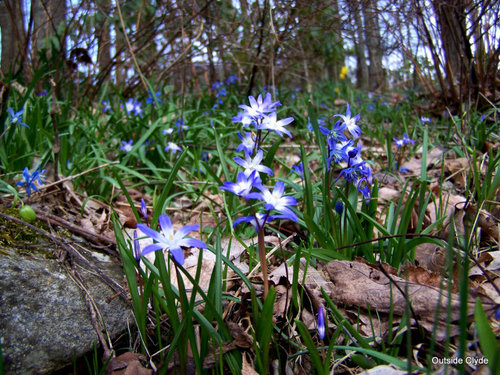

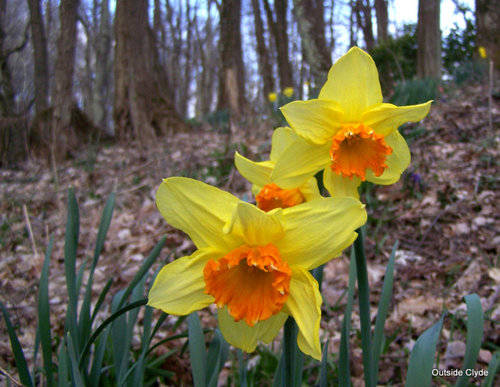
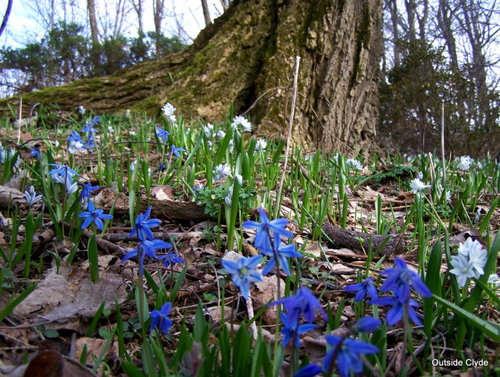


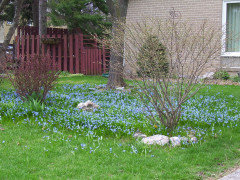
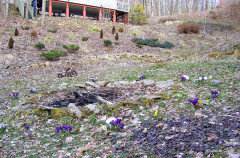
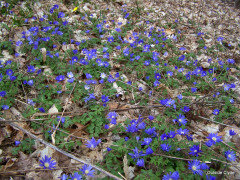
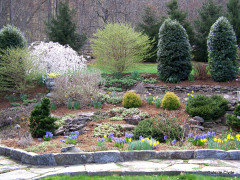
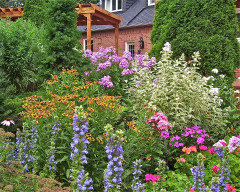
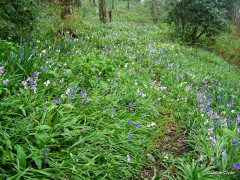
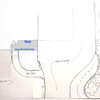



Christopher CNCOriginal Author